To celebrate February and the upcoming Valentine’s Day festivities, I’ve created five Valentine’s Day math activities that are sure to engage your students and get them thinking critically about math.
Have you ever felt so constrained by your curriculum calendar you feel you can’t take time out to celebrate the holidays?
I know I have.
The year moves so fast, it’s easy to bypass acknowledging these special celebrations.
Now, I’m not saying we should take an entire class period to do a scrapbooking mini-lesson on card-making, although that does sound like a great Friday afternoon activity, but, we shouldn’t let these special days go by without a little celebration.
How to Celebrate without a Party
One of the ways I found to do this is through math starters.
Math starters are designed to take 5-10 minutes of instructional time and include a variety of critical thinking tasks.
I typically do a different starter each day to give the students’ brains a real workout. Plus, the variety allows me to hit different thinking skills for a more comprehensive approach to teaching critical thinking and problem solving skills.
A Little Valentine’s Day Math Fun
To celebrate February, I created five Valentine’s Day math activities to engage your students and get them thinking critically about math.
These activities target students in grades 3 – 5; however, with a little creative adaptation, you can modify them to meet the needs of younger grades.
After introducing each activity, I provide guiding questions and differentiation tips. In addition, an answer key is provided at the end of each section.
Valentine’s Day Math Activities

Task 1: Estimation 180
This activity is from a website called Estimation 180 where students use a picture to estimate some quantity related to the elements of the picture.
For this particular task, students are asked to estimate how many candies are in the bag. To do this, students can count the number of visible candies and use this quantity to estimate the number of candies in the whole bag.
The beauty of this task is the discussion piece. Listening to students communicate how they arrived at their estimates will reveal a lot about their thinking.
The creators of the website also emphasize discussion surrounding estimates that are too low or too high and the thinking required to rule out a certain quantity.
Solution: About 40 jelly hearts. (Source: http://www.estimation180.com/day-96.html)
Variation: Try different Valentine’s Day candy problems such as Cinnamon Hearts, Spice Drops, or Sweethearts.
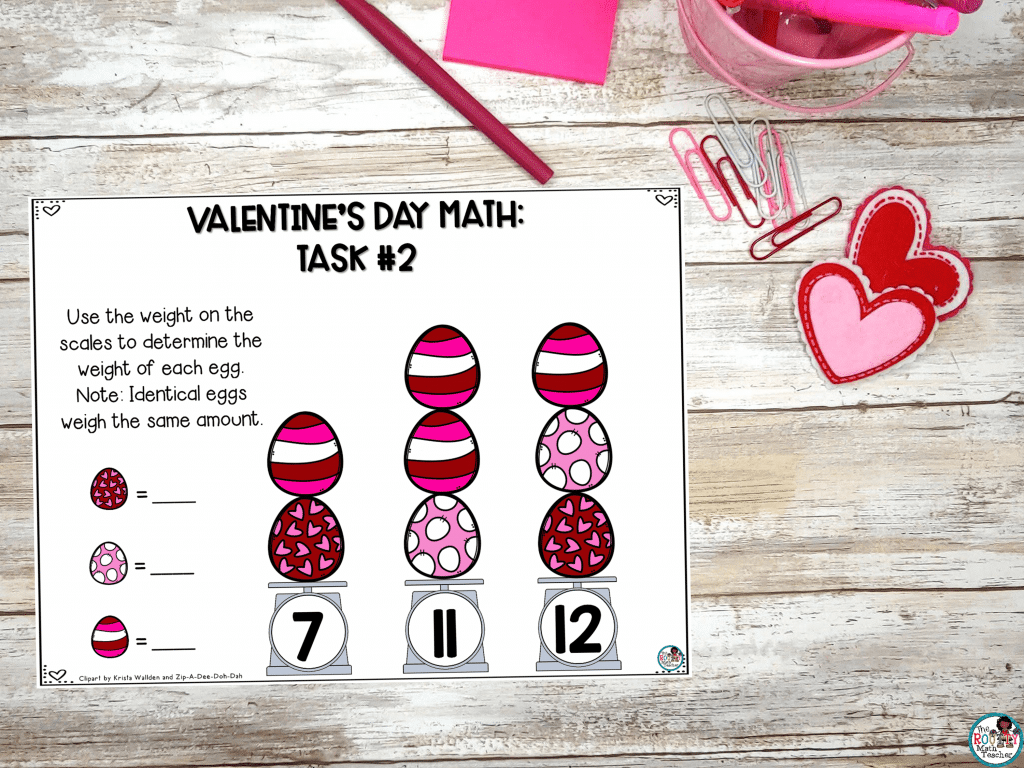
Task 2: Weight Logic Puzzle
The next activity is a weight logic puzzle. Students have to use the weight on the scales to determine the numerical value of each egg where identical eggs weigh the same amount.
At first glance, these puzzles may seem challenging for some students. When students are stuck, be sure to encourage them to look for the best place to start. Then, be sure to probe further to ensure the students understand why one starting position may be better than another.
Use the questions below to support students during productive struggle.
a. Where is a good place to start? How do you know?
b. Once you believe you have determined the value of one of the eggs, how can you use the information to keep you moving forward?
c. How will you know when you have completed the puzzle correctly?
Solution: Egg with Hearts- 4, Egg with Polka-Dots- 5, Egg with Stripes- 3
Variation: Change the sums to smaller or larger numbers to create a less challenging or more challenging task. Consider using decimal values to represent the symbols for older or more advanced students.
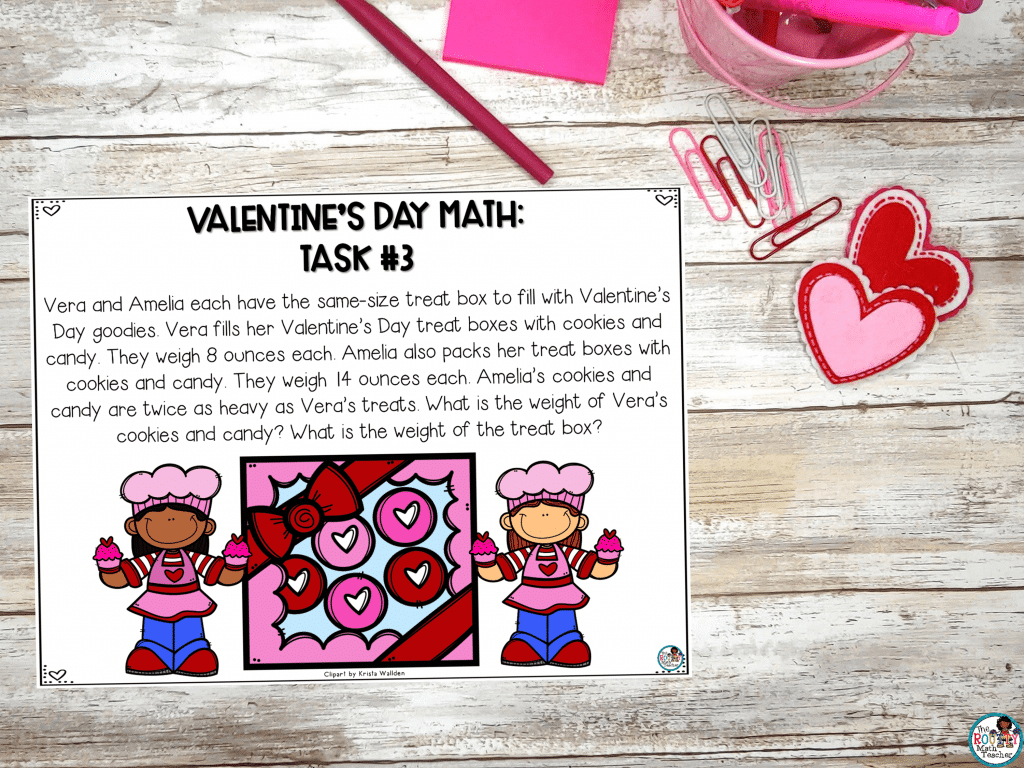
Task 3: Traditional Problem Solving
This task is a traditional problem-solving scenario and among ny favorite Valentine’s Day math activities. To get the most from this task, allow students an opportunity to complete the problem individually or with a partner. Students can then record their thinking and their work on a dry-erase board or piece of scratch paper.
After students have had an opportunity to complete the task, review the students’ solution strategies as a class and discuss the most effective/efficient methods for completing each task using math talk.
Use the questions below to support students during productive struggle.
a. What do you know about the treat boxes?
b. What information can you use to help you get started?
c. What process will you use to solve the problem?
d. How will you know if your solution is reasonable?
Solution: Vera’s treats weigh 6 ounces. The treat box weighs 2 ounces.
Variation: If the task is too challenging, consider adding a condition. Tell students each treat box has six cookies and candies. If students need more support, add that each cookie or candy in Vera’s box weighs one ounce.
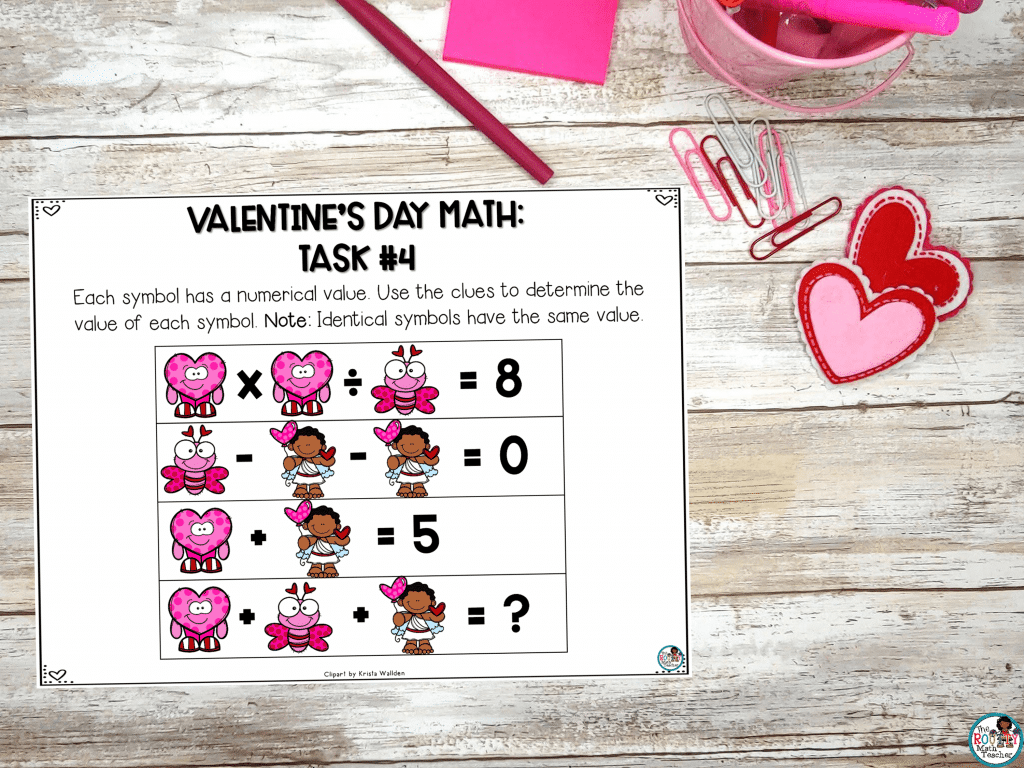
Task 4: Cupid Logic Task
This task requires students to analyze number sentences and determine the value of each symbol where identical symbols have the same value. It emphasizes all four operations, logic, and algebraic thinking.
After students have completed the task, discuss how students approached the task with questions such as:
a. How do you determine where to start?
b. Which number sentences helped you “narrow down” the possible solutions?
c. What do you do when you are stuck?
d. For which number sentences was it easiest to determine the value of the symbol?
e. In what order did you complete the task?
f. How will you know your solution is correct?
Solution: This question specifically refers to the sum of the symbols; however, the individual values are as follows: heart = 4; bug = 2; cupid = 1. The sum of the symbols is 7.
Variation: Change the solutions to smaller or larger numbers to create a less challenging or more challenging task. Consider using decimal values to represent the symbols for older or more advanced students.
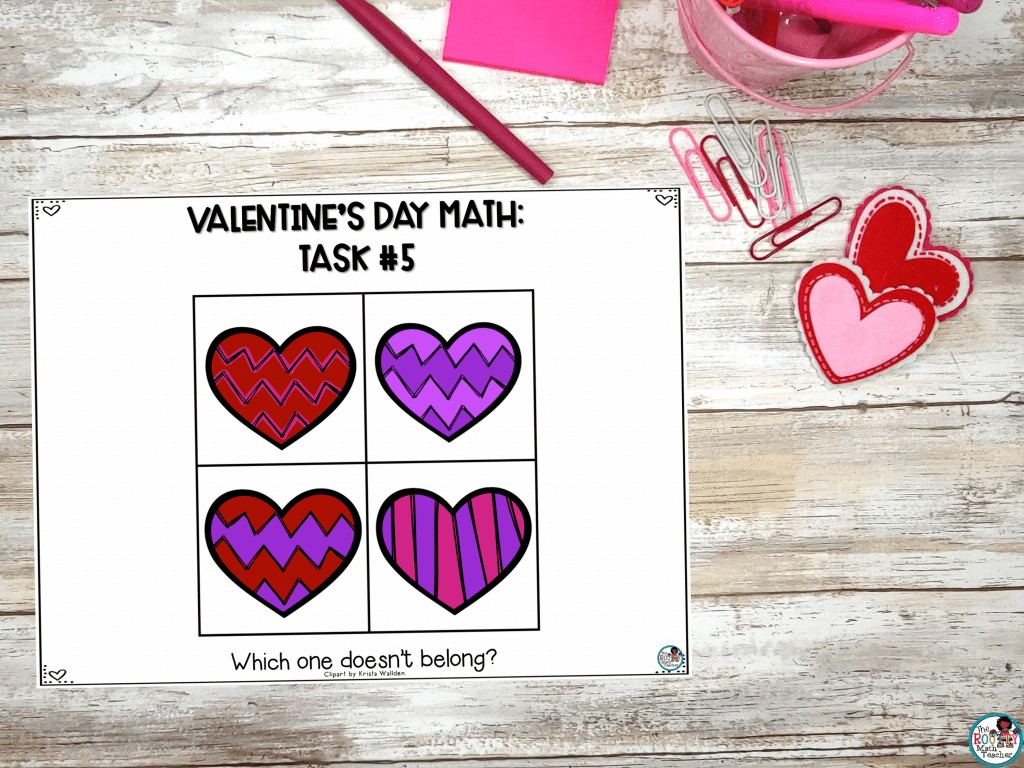
Task 5: Which One Doesn’t Belong?
The last task is open-ended. In fact, as long as students can justify their response as to why one heart is out but the others are in, their answer is correct.
This is a great opportunity to allow students to get creative with their reasoning. Here are a few examples of characteristics to use to exclude a heart: color, design, etc.
For this task, you may want to divide your room into four sections and assign each section a heart. Then have students go to the section for the heart they feel does not belong. Once divided into groups, have each group discuss what defining characteristic they used to exclude the heart. As students discuss, be sure to wander around and listen to the variety of ways students excluded the same heart. Then, have each group share some of their reasoning.
Solution: Answers will vary depending on the elimination criteria used.
Variation: Because this is such an open-ended task, it is accessible to a wide variety of students and will naturally vary by the characteristics students select as their elimination criteria.
Love is in the Air!
Let’s take this opportunity to celebrate the month of love with these fun Valentine’s Day math activities.
Grab your set using the form below. They can be shared virtually, displayed on a projector, or placed under a document camera.
Sound Off!
Which Valentine’s Day math activities are you most excited about trying with your students? Why? Respond in the comments below.

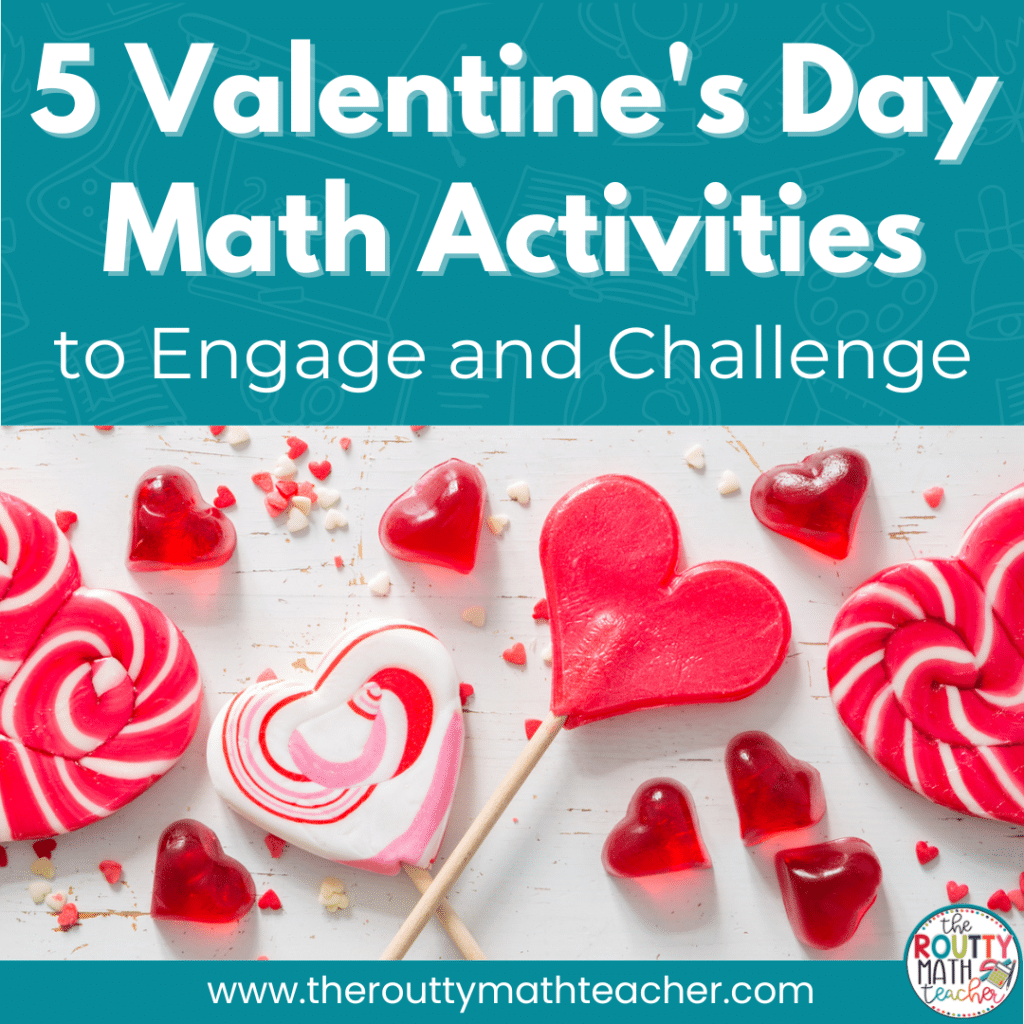



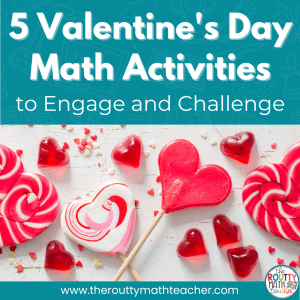

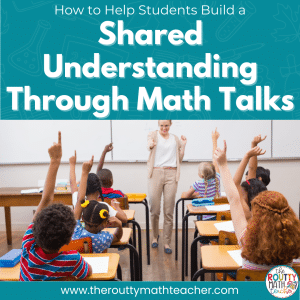
2 Responses
These are fantastic! Thanks for sharing. I’ve been following your blog, but haven’t read many posts lately. Too busy! I’m really glad I clicked on this one. Now I’m inspired to snoop through your archives. Thanks again.
Jan
Laughter and Consistency
So glad to hear you enjoyed the post! Happy snooping! :0)